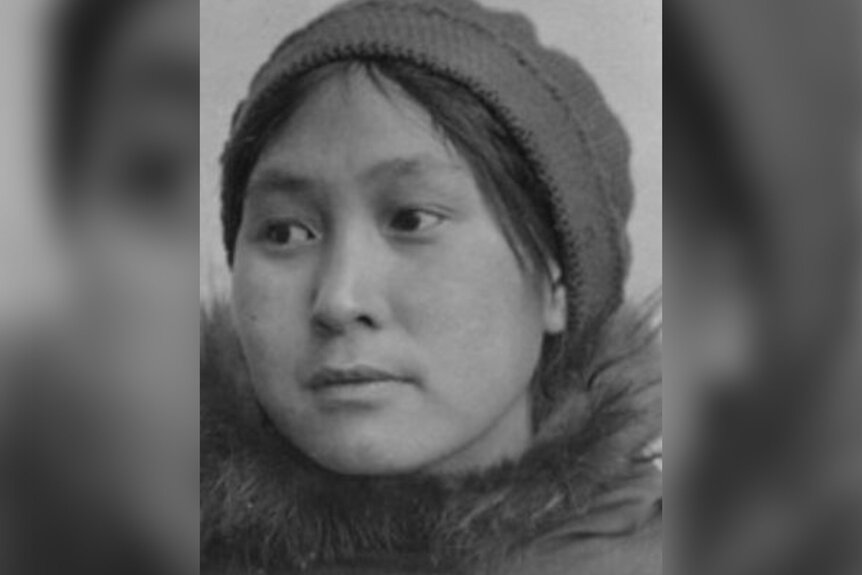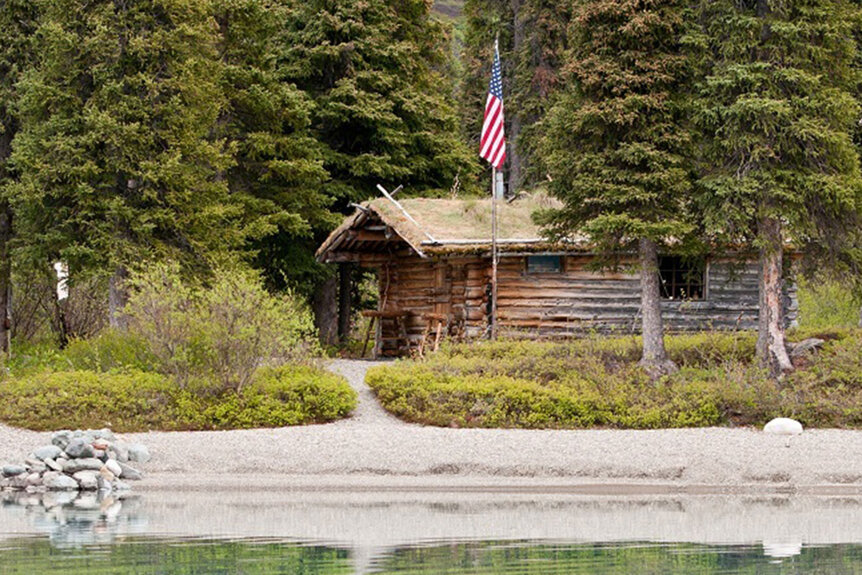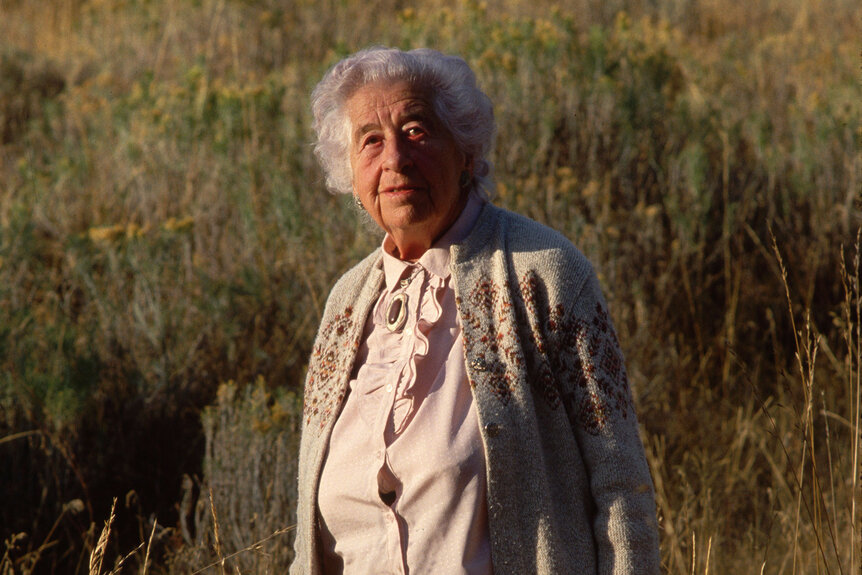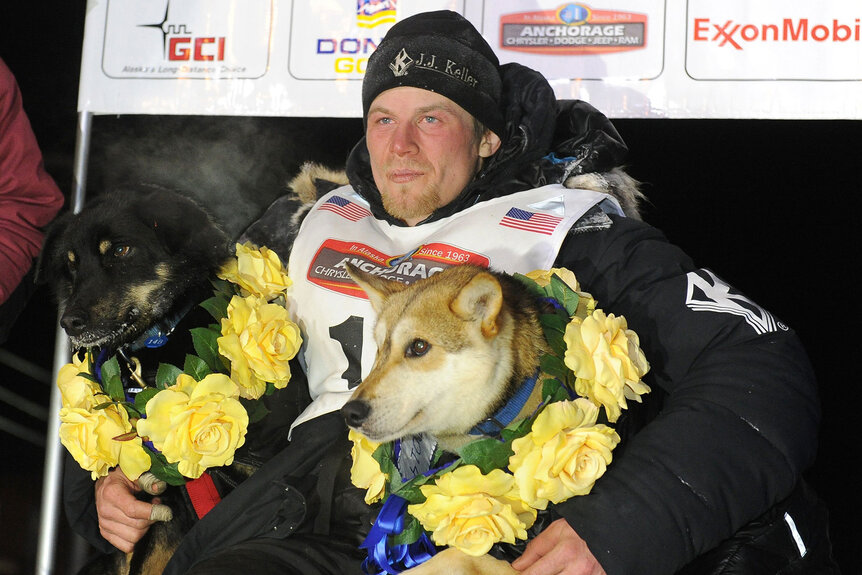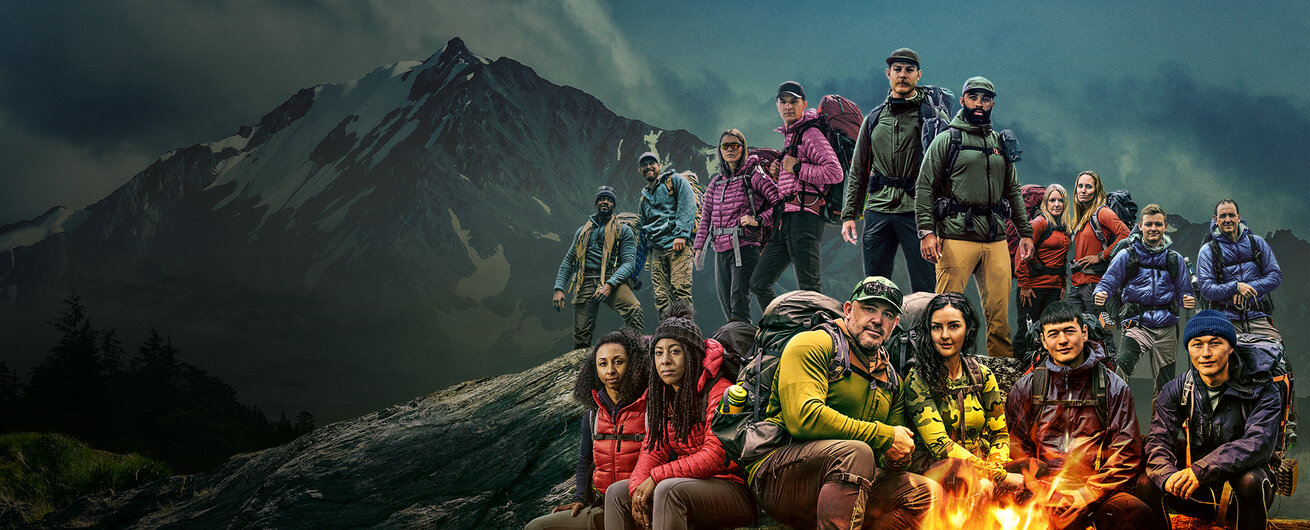Alaska's Most Influential Survivalists, Competitors Who Thrived In The Wilderness
"Race To Survive: Alaska" hopes to introduce a new group of heroic survivalists to join the state's storied history.
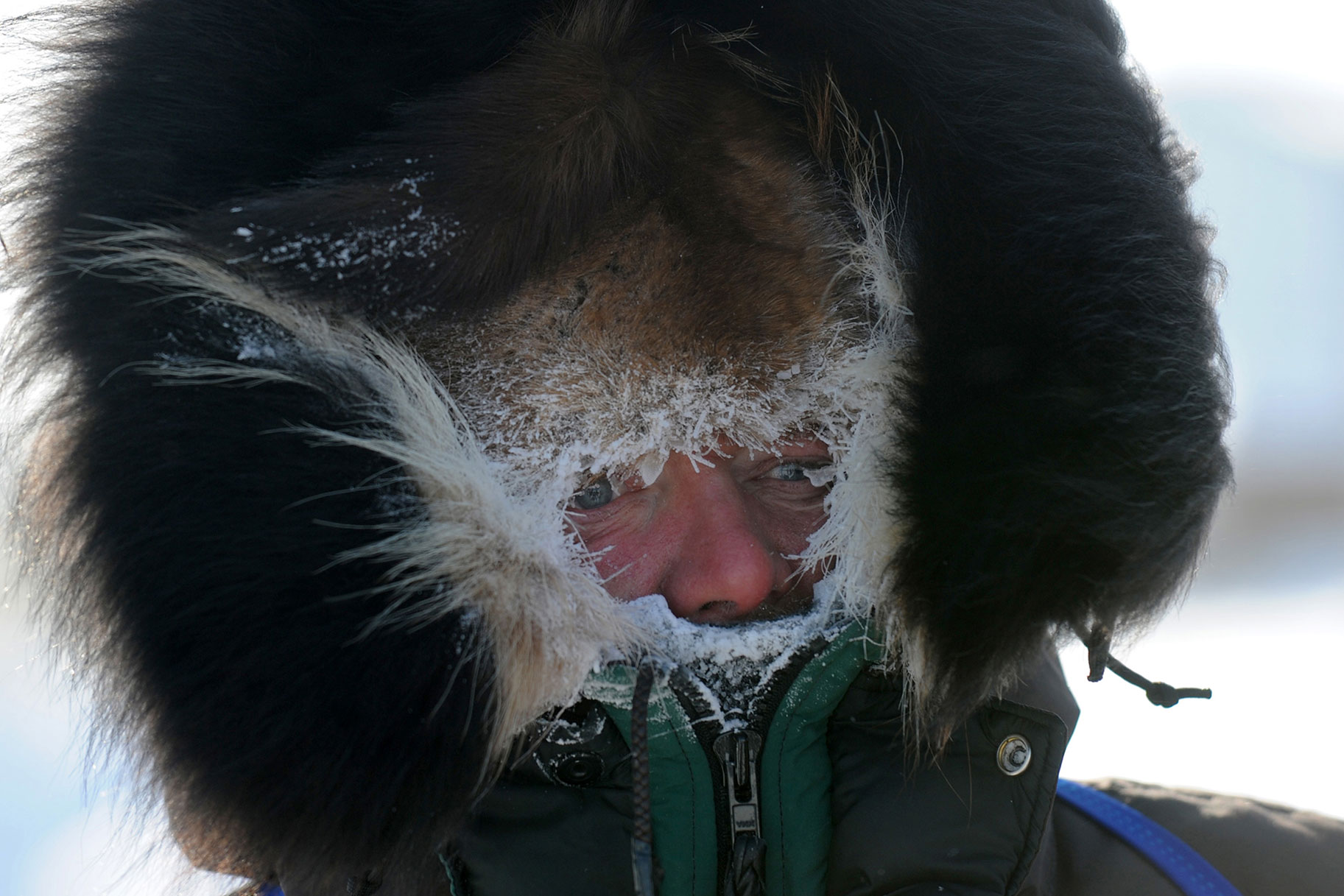
Race To Survive: Alaska takes some of the country’s best survivalists and racing competitors and pits them against one another in the Alaskan wilderness, one of the harshest environments the United States has to offer. Despite the grueling task that lies ahead for them, they’re hardly the first survivalists who sought to etch their name into the state’s wilderness history.
Many have elected to brave the harsh, unforgiving Alaskan wilderness out of sheer love for the outdoors while others were simply born into it. Either way, despite the many reasons it’s difficult to survive, those who spend time out in the elements develop a deep love and respect for life in Alaska. Although many have not made it out alive, others have and subsequently made their names synonymous with the state’s outdoors. So, we thought those curious about Race To Survive: Alaska may also be curious about some of the larger-than-life people who came before the competitors and made Alaska their home and passion.
Ada Blackjack
If you require proof of the harsh wilderness and the mettle of native Alaskans to survive it, look no further than Ada Blackjack, also known as “The Heroine of Wrangel Island.” Blackjack, formerly Ada Deletuk according to History, was the sole survivor of an ill-fated arctic expedition in 1921 to an uninhabited island in Russian territory that a group of four men believed they could claim for the U.K.
The men arrived in Nome, Alaska, hoping to find Indigenous Alaskans to help them survive in the wilderness once they reached the island. Everyone refused except Ada, who was desperate for money following a divorce from an abusive husband who abandoned her and their three children. Two of those children died and the one who lived had tuberculosis that required money for treatment. For the price of $50 a month, she agreed to accompany the men knowing she had fewer survival skills than they’d need.
When the men realized Ada wasn’t going to be the magic solution to all their survivalist needs, they grew cruel. She reported they mocked her, denied her a share of the food, and forced her to stay outside in the cold, even tying her to the flagpole they put up to claim the land with the Union Jack. Once winter hit, though, the tables turned as Ada’s upbringing in Alaska made her able to handle the below-zero conditions.
Eventually, three of the men set off for help in negative-50-degree weather and were never seen again. Ada was left behind to tend to the leader of the expedition — who was ill but still a jerk to her the entire time. Eventually, he died despite Ada giving him the bulk of their resources as well as teaching herself to hunt, trap, and scare off polar bears. She survived on her own for months before a ship finally came to her rescue in 1923. The notoriety the story brought her was unwelcome, but it offered opportunities (fewer than she was entitled to) for her to treat her son, which she did before she finally died at age 85 as a shining example of the perseverance and fortitude of native Alaskan women.
Richard Proenneke
Known to his friends as Dick Proenneke, Richard became a bit of a legend in Alaskan wilderness circles after he made the decision at age 51 to live the next 30 years of his life in a remote cabin near the Twin Lakes in Alaska that he built by hand using his numerous survivalist and engineering skills.
RELATED: The Best Wilderness, Survival Movies To Get You Ready For 'Race to Survive: Alaska'
Don’t get it confused, though. Richard was not a hermit nor was he anti-society. According to the National Parks Service, he maintained friendships with locals and wrote back to almost everyone who wrote him letters. In addition, he meticulously recorded his time in the wild on paper and in film. He became intimately acquainted with the environment and his journals and data were eventually archived for the world to see and learn from. Upon his death, he left his now-famous cabin to the National Parks Service and it’s become somewhat of an attraction for those who wish to get closer to his wildlife conservationist legacy.
Margaret Murie
Margaret “Mardy” Murie is best known as the matriarch of the modern conservation movement thanks to her work with the Wilderness Society, which included getting the Wilderness Act passed in 1964 and testifying before Congress in favor of the Alaska National Interest Lands Conservation Act. In 1998, she was awarded the Presidential Medal of Freedom for her work by President Bill Clinton. She was also the first woman to graduate from the Alaska Agricultural College and School of Mines (now the University of Alaska). However, let it never be said that her ties to the Alaskan wilderness come from sitting behind a desk.
Murie moved to the state with her family when she was 9 years old and spent her life enduring the hardships that came with living in the Alaskan wild, which she later detailed in one of her three books on the subject. She was the secretary and governing council member of The Wilderness Society alongside her husband, Olaus, who served as its president for 17 years, according to the organization's website.
The LA Times notes that, as a couple, they fought for the land they held so dear in their hearts after falling in love with it and each other in their youth. In fact, their honeymoon consisted of a three-month dog-sled adventure that allowed them to study the migrating paths of caribou. As an avid journaler, their research from the field and her life’s story proved invaluable to future conservation efforts and inspired a generation of women to roll up their sleeves and get to work protecting the land they love.
She previously said in an interview that raising children in tents rather than a house behind a white picket fence was indeed preferable to her and her husband's sensibilities. Who needs a weekly Bridge game when you've got the great outdoors?
Dallas Seavey
Perhaps the best test of one's mettle against the harsh Alaskan wilderness is the famous Iditarod dog sled race that takes place every year across a roughly 1,000-mile stretch between Anchorage and Nome.
While many legends have come before him, Dallas’ modern-day racing career makes him the strongest to ever compete. Literally, he holds the record for the fastest-ever completion time at 8 days, 11 hours, 20 minutes, and 16 seconds.
According to his bio on the race’s website, running record dogsled races like this is in Dallas’ blood. He is a third-generation musher whose father, Mitch, won the 2004, 2013, and 2018 Iditarods. In 2013, Mitch broke the record as the oldest person to win the race at age 53, a record he broke again in 2018. Not to be outdone, Dallas (in separate years) became the youngest to complete the Iditarod as well as the youngest to win at age 25. In addition, he has five wins over his dad’s three (2012, 2014, 2015, 2016, and 2021) and shows no signs of slowing down.
While they love each other off the trail, the duo is fiercely competitive on the trail. According to a GQ profile done about Dallas and some controversy surrounding him and the sport of dog sledding, he recounted the moment he came upon his father’s wrecked sled during the big race. Although he was tempted to help his father, who suffered bruised ribs and a torn labrum, he kept right on riding for the finish line, knowing his biggest competition had been waylaid by the elements.
His father’s reaction to being abandoned by his boy? Surprisingly, he got it.
“He saw me, but I didn’t expect him to help me,” Mitch said. “He had a tiger by the tail at the time.”
People who live for the Alaskan wilderness are just cut from a different cloth in that regard, it seems.
Tune in on Monday, April 3 at 11 p.m. ET/PT on USA Network for the Race to Survive: Alaska premiere. Catch more survival shows on Peacock now.
